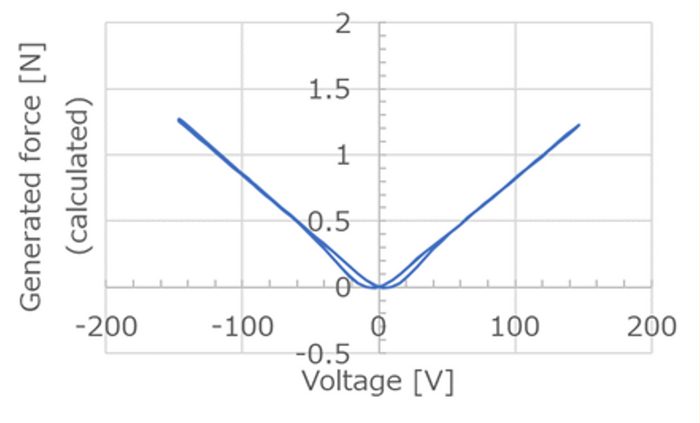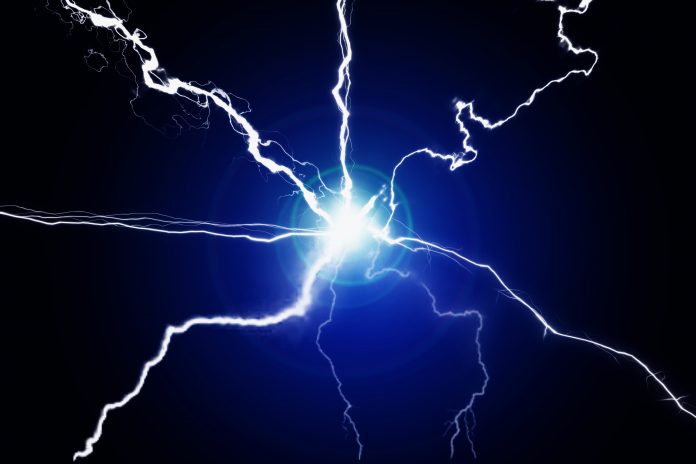Using ferroelectric materials, researchers have been able to create a high-power electrostatic actuator that can generate a strong force at a low driving voltage creating new opportunities for artificial muscles
Electrostatic actuators work by using elective fields, enabling them to move objects. However, until recently, their usage has been limited to moving small devices as a high voltage is needed to generate any significant force.
Researchers from the Tokyo Institute of Technology (Tokyo Tech) believe they have created a simple yet lightweight device capable of emulating human muscles by generating a strong force at a low driving voltage.
A simple device capable of emulating human muscles
Consisting of two oppositely charged electrodes, the device generates a force whenever an electric field develops between them. By altering the shape of their electrodes along with filling the gap between them with flexible, soft materials, the team from Tokyo Tech have created various configurations for electrostatic actuators in which a force can emulate that of operating muscle.
Controlling the strength and force of electrostatic actuators
Controlling the force generated depends on the voltage applied to the electrodes along with the charges accumulated at the interface between electrodes and dielectric material.
Suzushi Nishimura and his team from Tokyo Tech aimed to increase the force generated by actuators while keeping the voltage low since, to generate sufficient forces to support human movement and activities, these devices have to be supplied with a large voltage, which can be hazardous to the body.
By utilising ferroelectric materials that spontaneously polarise, the Tokyo Tech team was able to generate forces across electrodes that were 1,200 times higher than that of conventional paraelectric materials such as insulating oils.

The power and potential of ferroelectric materials
When subjected to an electric field, charge separation (polarisation) occurs in ferroelectric materials. However, unlike conventional paraelectric materials, ferroelectrics retain their polarisation even after the removal of the electric field, enabling them to maintain a high number of accumulated charges at a low voltage.
Since the polarisation of ferroelectric materials is independent of the voltage, the generated force is linearly proportional to the applied voltage (Figure 1).
Professor Nishimura explained that “ferroelectric media are superior to ordinary paraelectric media for use in electrostatic actuators in two respects. One is that they can generate a higher force by maintaining a large polarisation even at low voltage, and the other is that their voltage response is almost linear, resulting in good device controllability”.
The material was found to be able to flow like a liquid at room temperature while possessing a rod-shaped molecular structure like that of solid crystals–necessary characteristics that give these materials the fluidity required for their use in artificial muscles.











